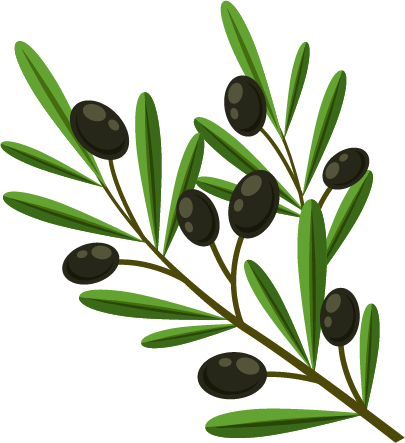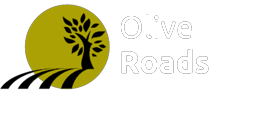Main menu
You are here
About
Olive (Olea europaea L.) cultivation in Greece covers approximately 11.6 million acres with over 170 million trees, indicating its enormous socio-economic importance for the country. 81% of the cultivated olive trees are used for olive oil production, while the remaining 19% are used for the production of table olives. Greece is the third country in the world in olive oil production, with over 85% extra virgin, while table olive production ranges from 70,000 - 90,000 tons/year, representing 5 – 8% of world production and 15–20% of total EU production. Furthermore, the global acceptance of olive oil and the Mediterranean diet as a factor of well-being and longevity, it gives unimaginable prospects to the development of olive growing in Greece and worldwide.
The globalization in the cultivation of unique Greek olive tree cultivars, such as “Chondrolia Chlakidikis” and “Kalamon”, necessitates the preservation of the Greek olive germplasm through its characterization with modern omics technologies, innovative analytical approaches that will identify, differentiate and improve the final product and cultivation with desirable agronomic, nutritional and quality characteristics directly connected to the environment of cultivation.
The project OLIVE ROADS promotes the cooperation of human resources and infrastructure throughout Greece, in order to highlight the qualitative characteristics of Greek olive tree varieties and olive oil, using genomic and advanced diagnostic technologies to trace, identify, and certify olive varieties and improve the processes of edible olive and olive oil production. GrOlivedb is the culmination of this multi-disciplinary approach for the characterization of emblematic Greek olive tree cultivars.

